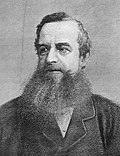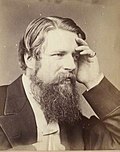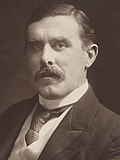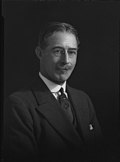This article needs additional citations for verification .(January 2023) |
| Secretary of State for India | |
|---|---|
 Royal Arms as used by His Majesty's Government | |
| India Office | |
| Member of | British Cabinet Privy Council |
| Seat | Westminster, London |
| Appointer | The British Monarch on advice of the Prime Minister |
| Term length | At His Majesty's pleasure |
| Constituting instrument | Government of India Act |
| Precursor | President of the Board of Control |
| Formation | 2 August 1858 |
| First holder | Lord Stanley |
| Final holder | William Hare, 5th Earl of Listowel |
| Abolished | 14 August 1947 |
| Deputy | Under-Secretary of State for India |

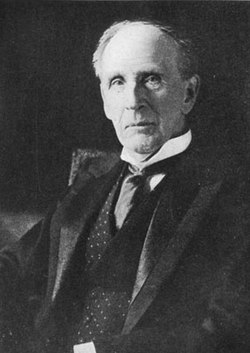
His (or Her) Majesty's Principal Secretary of State for India, known for short as the India secretary or the Indian secretary, was the secretary of state with responsibility for the India Office in Whitehall that oversaw relations and administration of the India subcontinent under the British Raj. The post was created in 1858 when the East India Company's rule in Bengal ended and India, except for the Princely States, was brought India officially under the British Crown from London and the officeholder was a member of the British Cabinet.
Contents
- Secretaries of state for India, 1858–1937
- Secretaries of state for India and Burma, 1937–1947
- Secretaries of state for Burma, 1947–1948
- See also
- Notes
- Further reading
- External links
In 1937, the India Office was reorganised which separated Burma and Aden under a new Burma Office, but the same secretary of state headed both departments and a new title was established as His Majesty's Principal Secretary of State for India and Burma. The India Office and its secretary of state were abolished in August 1947, when the United Kingdom granted independence in the Indian Independence Act, which created two new independent dominions, India and Pakistan. Burma soon achieved independence separately in early 1948.


